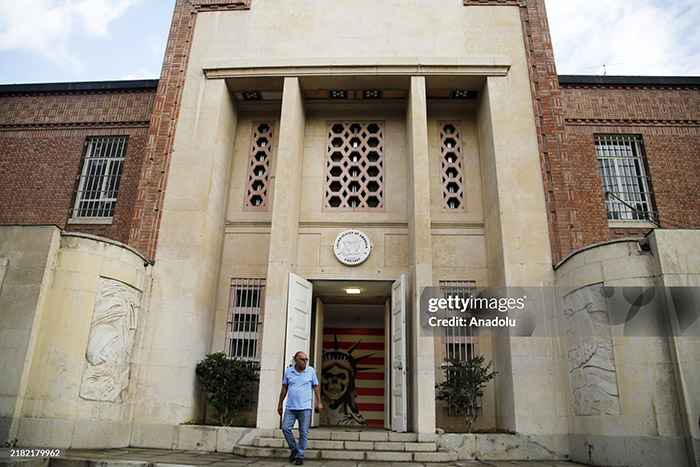Inside Homeland’s Former US Embassy: A Museum Preserving the History of the 1979 Iran Hostage Crisis
On November 4, 1979, amid the fervor of the Iranian Revolution led by Ayatollah Ruhollah Khomeini, a group of Iranian students seized the United States Embassy in Tehran, an act that would go on to reshape U.S.-Iran relations and dominate headlines worldwide. This intense and politically charged event, known as the Iran Hostage Crisis, resulted in 52 Americans being held captive for a grueling 444 days.
Today, over four decades later, the former U.S. embassy in Tehran stands transformed into a museum, serving as a powerful reminder of a tumultuous chapter in modern history. The building, commonly referred to by locals as the “U.S. Den of Espionage,” draws countless visitors each year, both domestic and international, seeking a glimpse into a key event that shaped Middle Eastern geopolitics and affected the foreign policies of both nations.
The Seizure of the U.S. Embassy: November 4, 1979
The Iran Hostage Crisis began on a cold autumn day in Tehran. Thousands of students, mobilized by anti-American sentiments, breached the walls of the U.S. embassy complex. Fueled by revolutionary zeal and anger toward perceived U.S. interference in Iran’s affairs, these students, many associated with the “Muslim Student Followers of the Imam’s Line,” aimed to take a bold stand against American influence.

